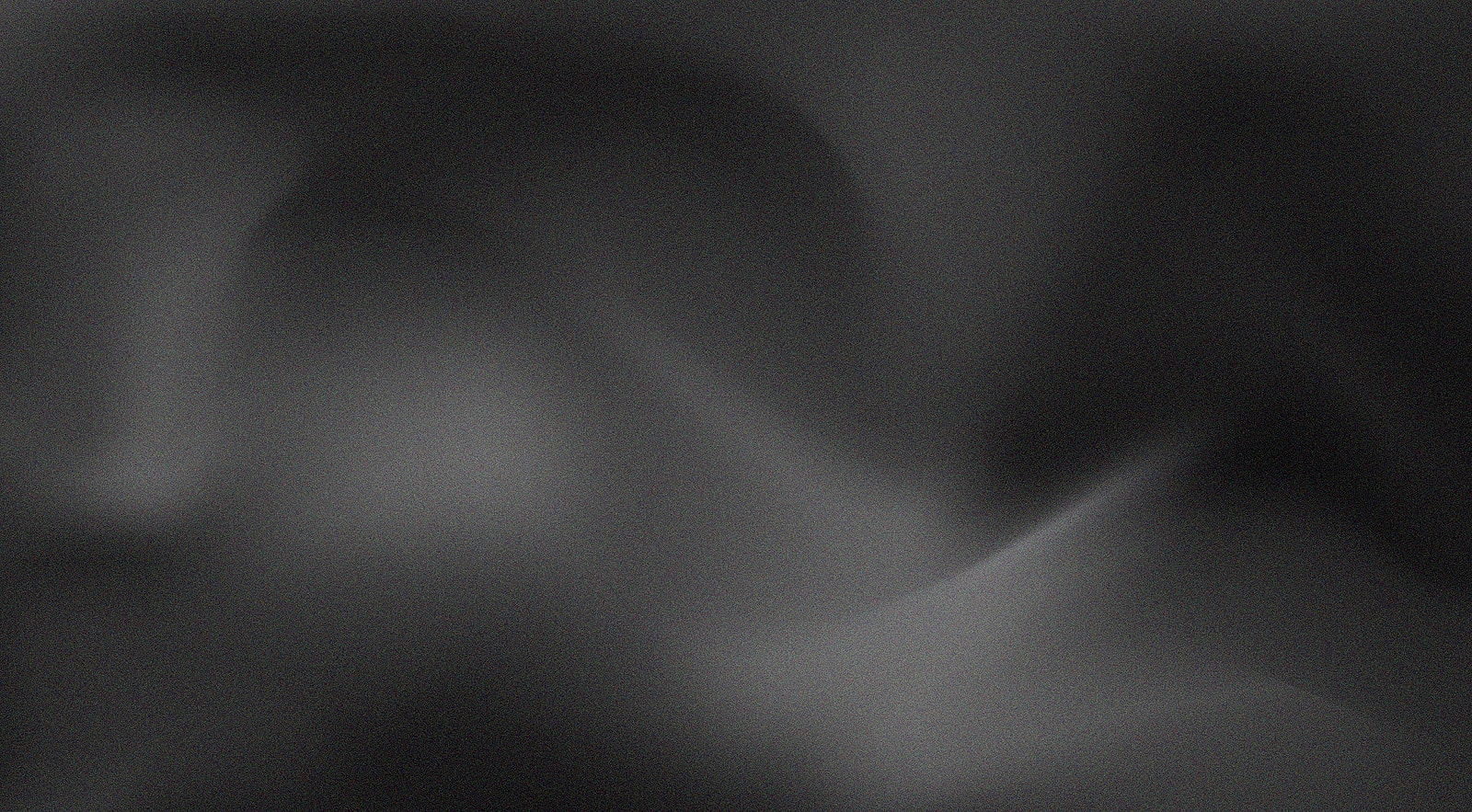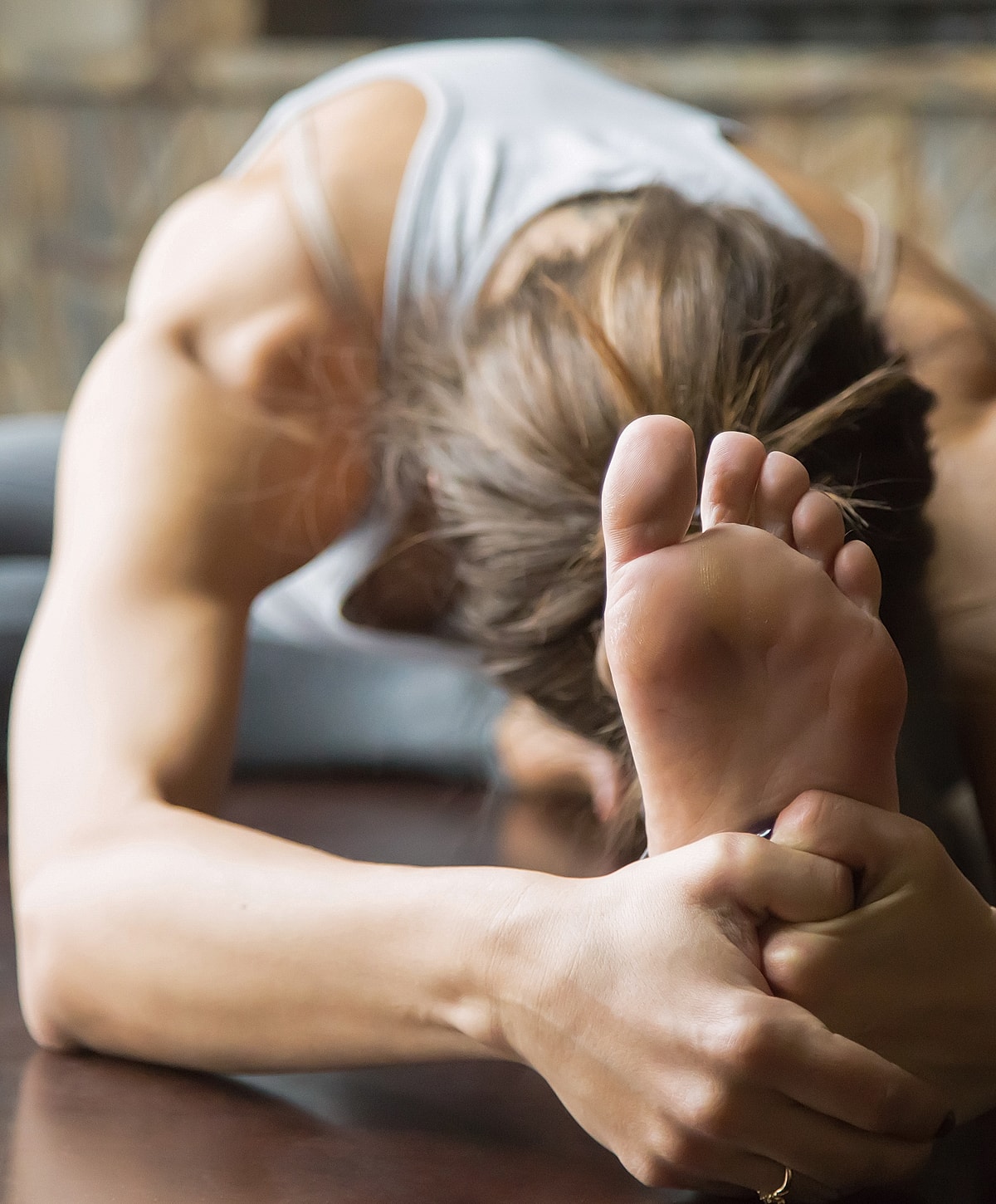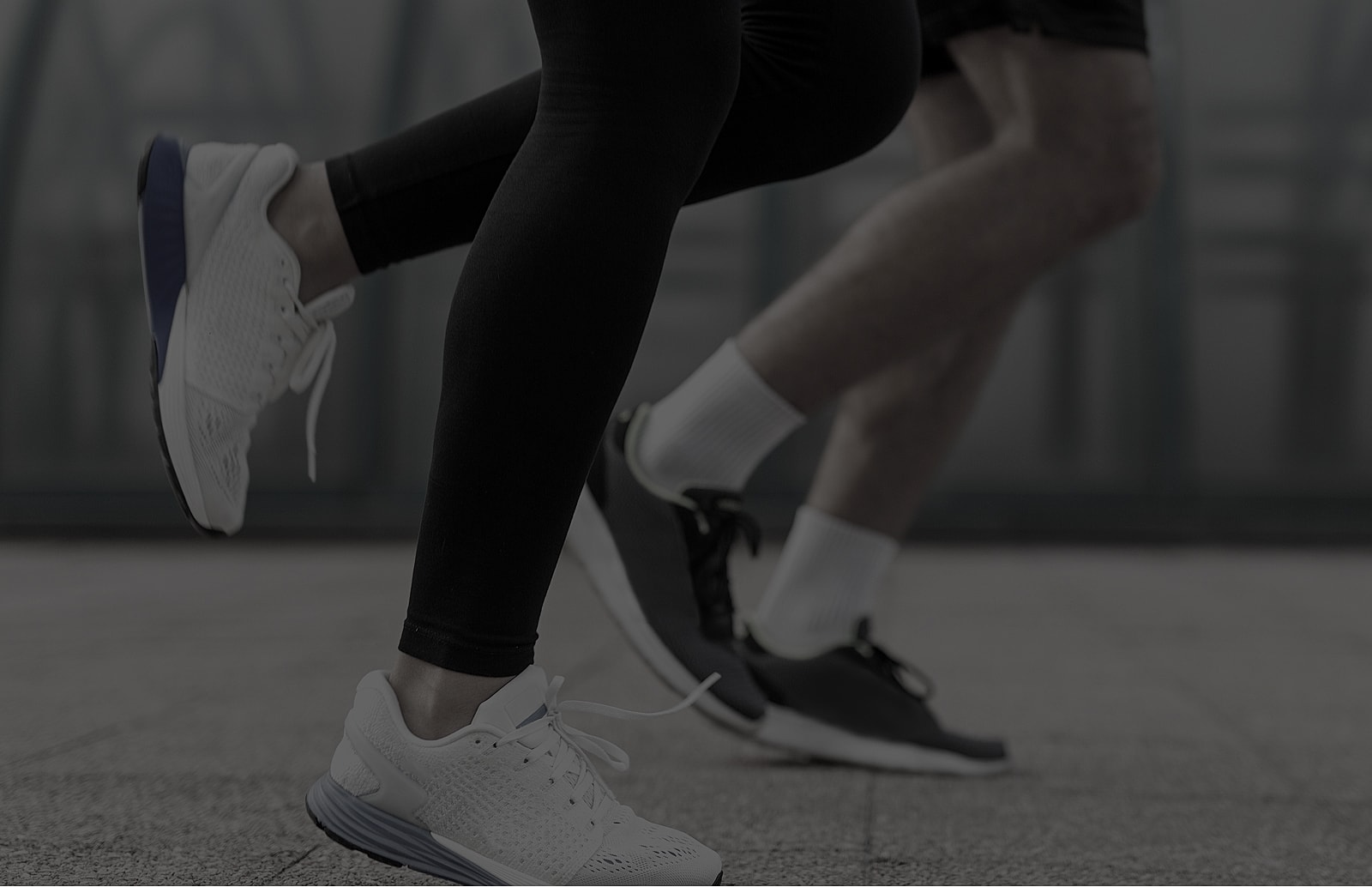
Athlete's Foot



Athlete’s foot, or tinea pedis, is a chronic and contagious fungal infection caused by dermatophytes. It typically begins between the toes or along the arches and can spread to the soles and sides of the feet. If left untreated, the infection can spread to other areas of the body, which is why early diagnosis and treatment are essential.
Fungal infections can also affect the toenails, leading to thickening, discoloration, and brittleness. To learn more about fungal nail conditions and the treatment options available at New Orleans Podiatry, visit our Fungal Nails page. We’re also proud to be home to the only PinPointe Laser Clinic in New Orleans, offering advanced, FDA-cleared laser therapy that safely and effectively targets fungal nail infections at their source. Click the link to learn more about Pinpoint Laser.




Step Into a Higher Standard of Foot Health x Whole-Person Care
This is more than an appointment. It’s the start of a personalized journey toward relief, clarity, and care that feels effortless.
We take the frustration out of medicine—supporting our patients through every step, from managing prescriptions to providing direct access to our team without the stress.
At New Orleans Podiatry, we deliver concierge-level care that extends well beyond the clinic. Whether it's managing your appointments, clarifying your care-plan, or simply seeking advice from your doctor, your team is in your pocket daily via text.